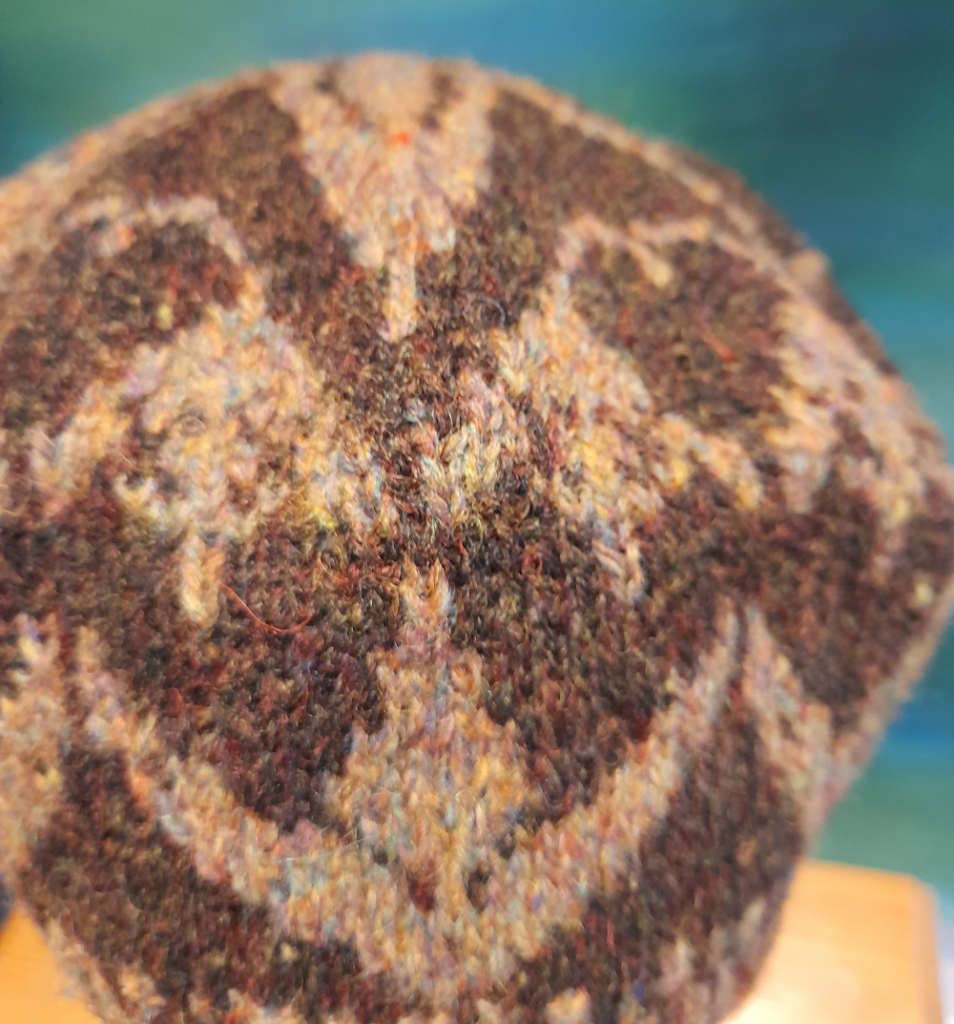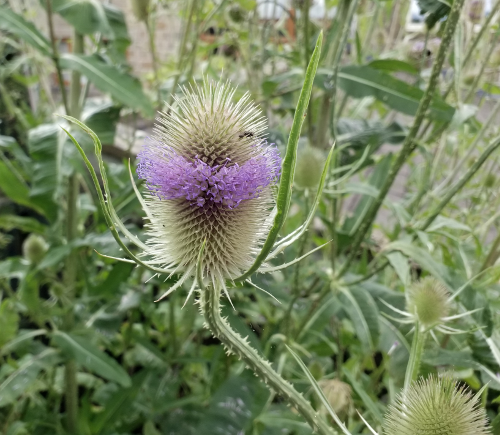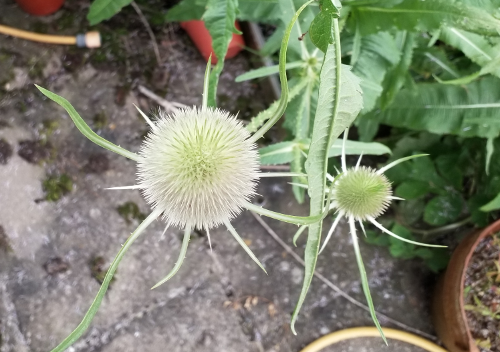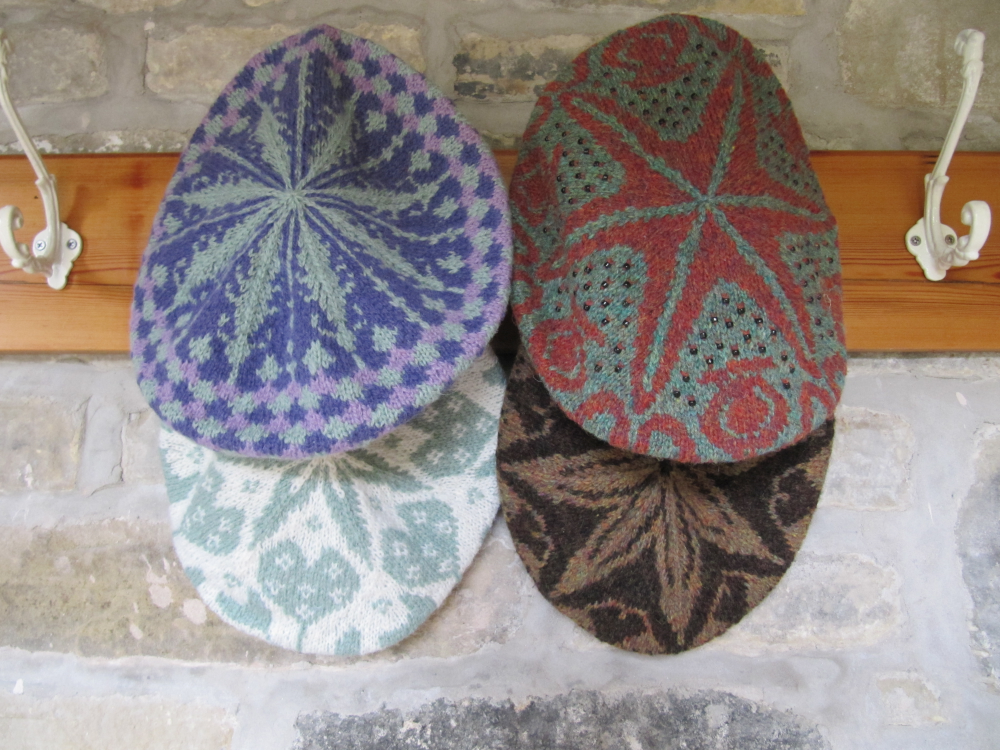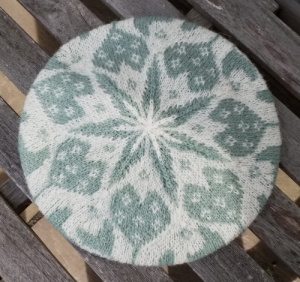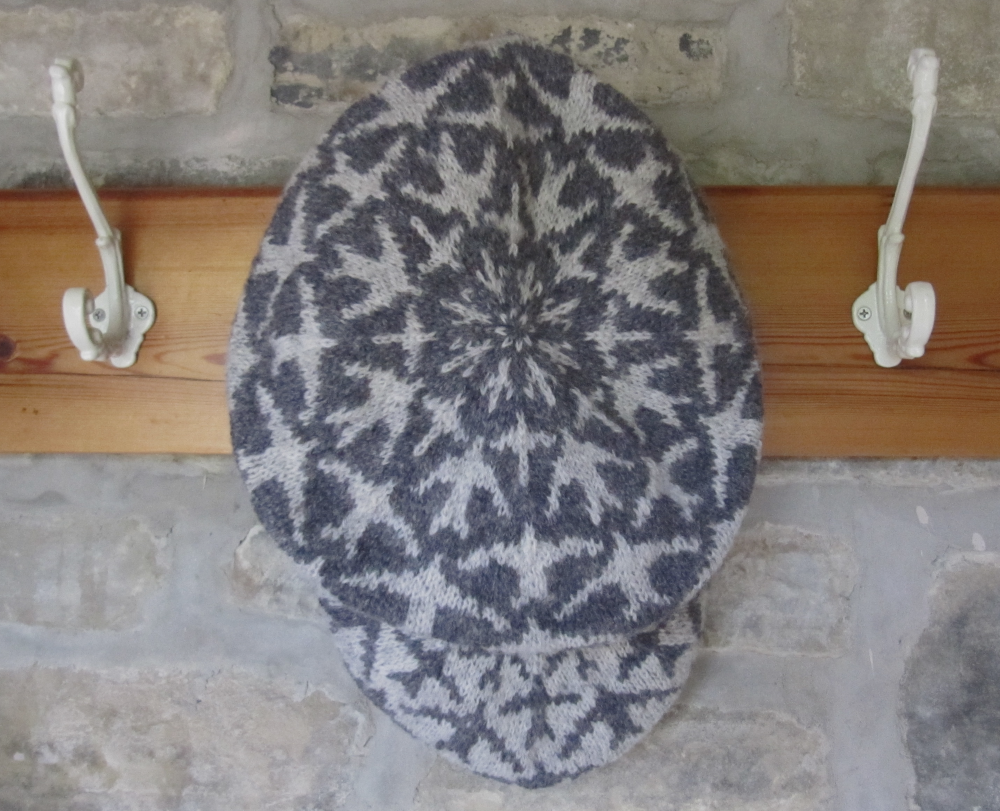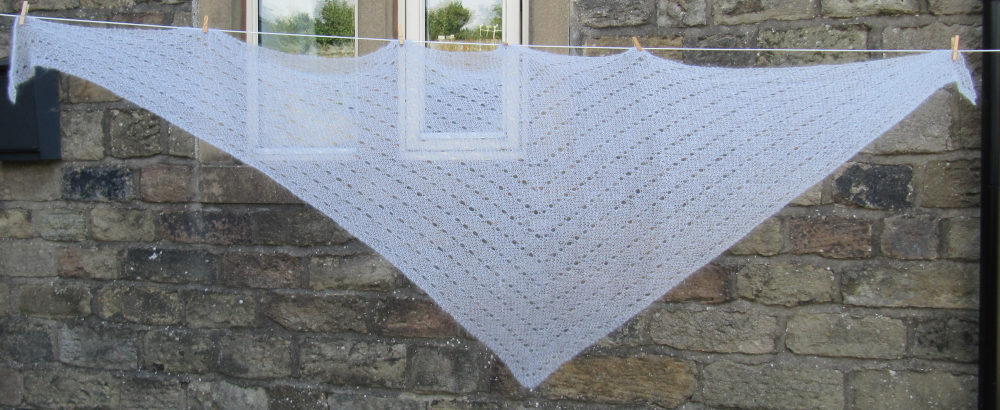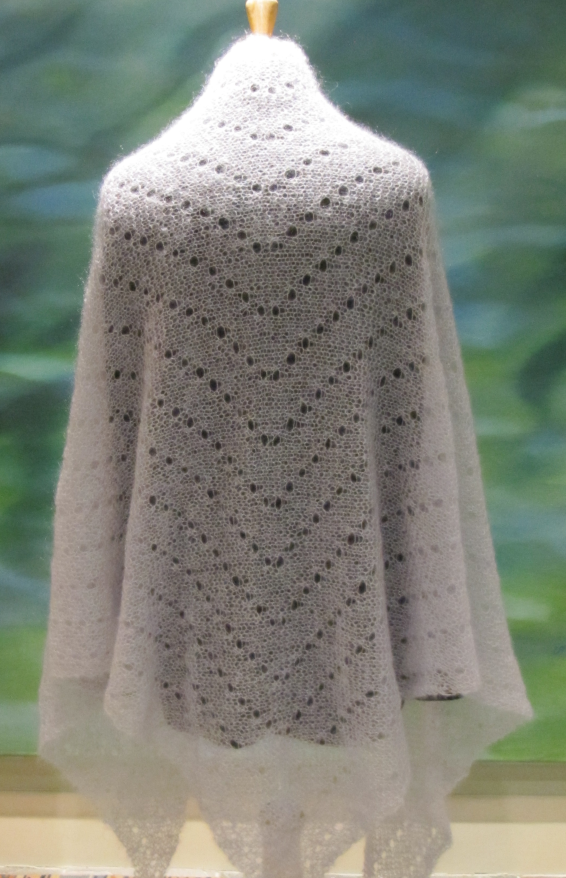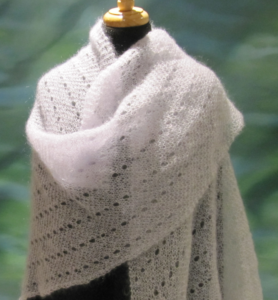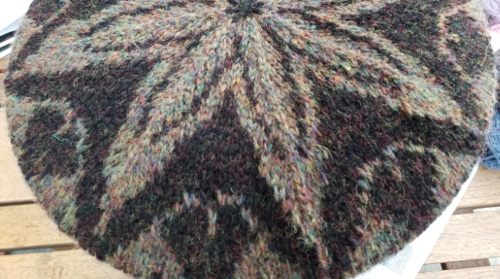
Wild oats, (genus Avena), are a variety of tufted annual grasses of the family Poaceae, native to Eurasia and Africa. Wild oats are sometimes cut for hay, and young plants provide forage for grazing animals. All species have edible seeds, and domesticated oats (Avena sativa) are an important cereal crop in temperate climates around the world; several other species are locally important food crops. A number of wild oat species are considered weeds in agricultural fields and can be difficult to eradicate.
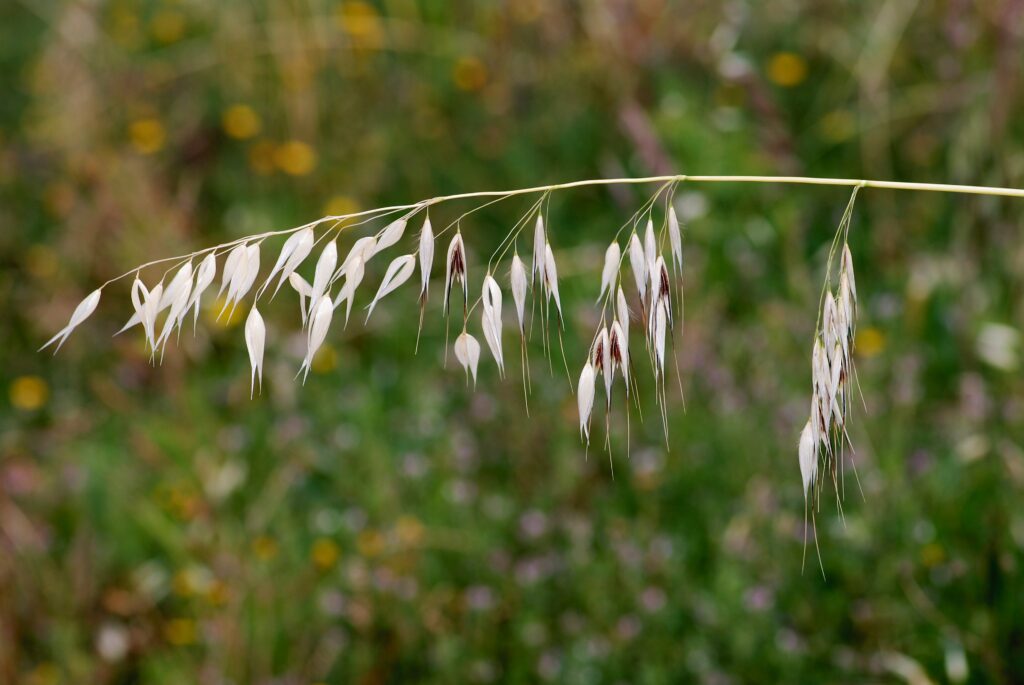
Wild oats are erect grasses with long flat linear leaves. The inflorescences are typically large and loose and bear minute bisexual flowers. The ovary is characteristically hairy, and some species feature long awns (bristles) on the seeds.
One of the best-known species is the common wild oat (A. fatua), which has become a common field and roadside weed; originally native to Europe and C and SW Asia, it has now spread throughout temperate regions of the world. It grows in small tufts about 0.9 to 1.2 metres (3 to 4 feet) tall. Mature spikelets are bell-shaped, with bent bristle-like projections.
Wild oats grow with abandon all over my garden, popping up in borders and vegetable beds alike. I love seeing their feathery heads dancing in a summer breeze. Some heads are long and narrow, others, where the individual seeds within the seed head have started to separate and mature, are wide and bell-shaped.
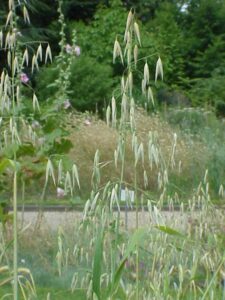
As a food for humans, the seeds are particularly valuable. The seed ripens in the latter half of summer and, when harvested and dried, can be stored for several years. It has a floury texture and a mild, creamy flavour. It can be used as a staple food crop in either savoury or sweet dishes. The seed can be cooked whole, though it is more commonly ground into a flour and used as a cereal in all the ways that oats are used, especially as a porridge but also to make biscuits, sourdough bread, etc. The seed can also be sprouted and eaten raw or cooked in salads, stews, etc. Roasted, the seed can be used as a coffee substitute.
Birds love the seeds once they are ripe, my chickens can strip a plant of its seedheads in seconds.
Medicinally, it is considered a diuretic. Cosmetically, a meal made from oats can be added to bathwater or used as a facial scrub. The straw has a wide range of uses such as for bio-mass, fibre, mulch, paper-making and thatching.
My design for this tam uses several elements of the wild oat plant; the three-part seedhead on its drooping stem, the leaves, and the opening head revealing the three seeds themselves. The interlocking elements create another fortuitous motif, heart shapes in different sizes.
The Weeds Collection can be purchased from the Granary Knits Payhip Pattern Store.
- Shepherd’s Purse
- Poppy – TBA
- Wild Oats
- Teasel
- Thistle – TBA

